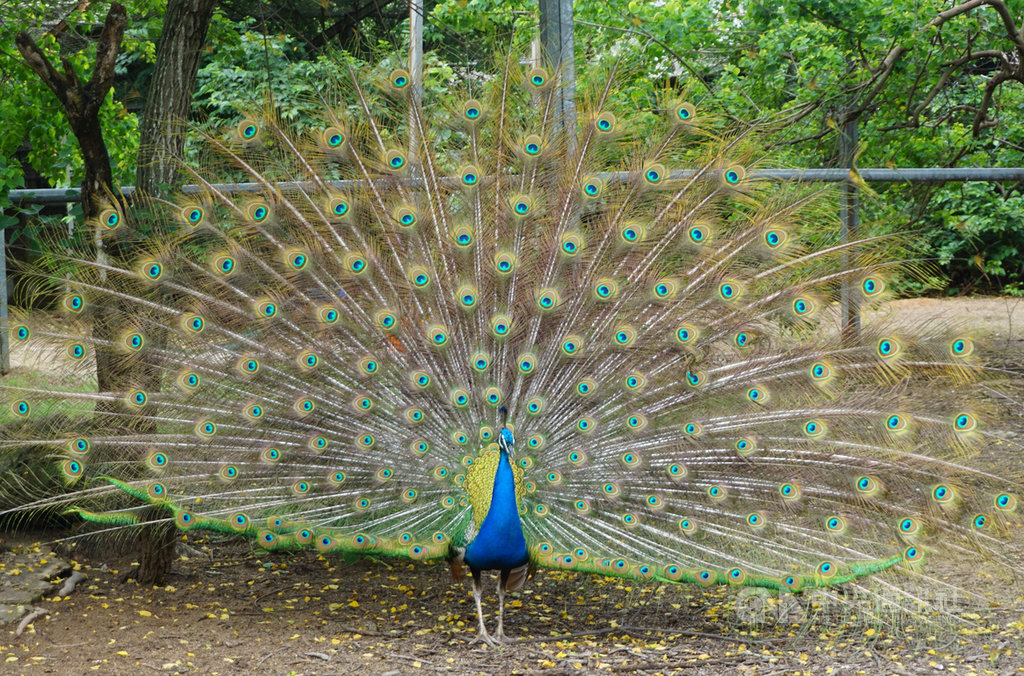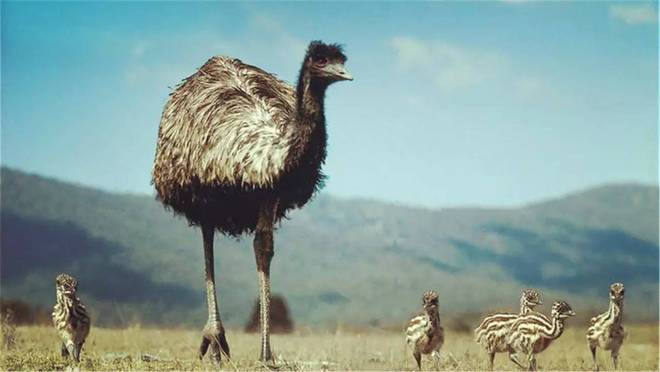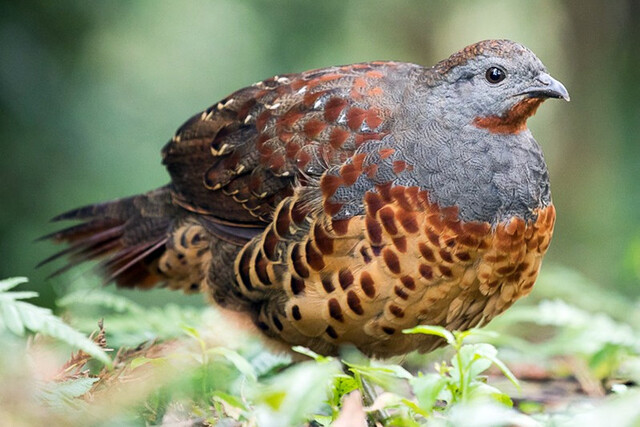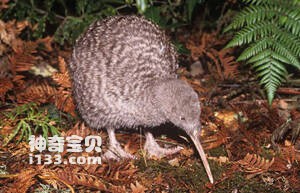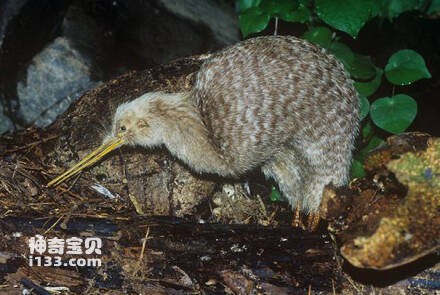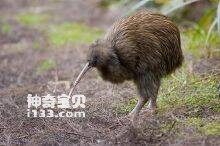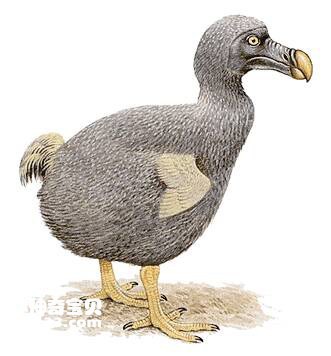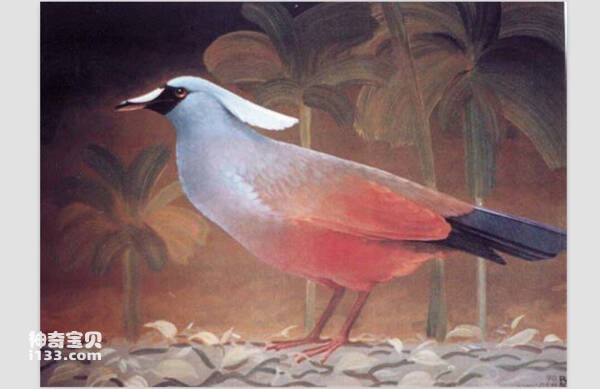Pternistis griseostriatus
IUCN
LCBasic Information
Scientific classification
- name:Pternistis griseostriatus
- Scientific Name:Pternistis griseostriatus,Grey-striped Francolin
- Outline:Landfowl
- Family:Chickeniformes Pheasants Polytridges
Vital signs
- length:33-35cm
- Weight:487-608g
- lifetime:No textual research information is available
Feature
The forehead and crown are black, the nape chestnut brown, and the ear feathers gray
Distribution and Habitat
It is found in Angola.
Habitat is limited to dense undergrowth in forest lands and secondary forests, at forest margins and areas of regrowth vegetation. It's between 800 and 1200 meters above sea level.
Appearance
The partridge is 33-35 cm long; The male weighs 608 grams and the female 487 grams. The forehead and crown are black, the nape chestnut brown, the ears gray, the cheeks brown, the wings russet, and the feathers have white fringes. The beak is gray-black and the legs are flesh-colored.
Details
The Grey-striped Francolin (Pternistis griseostriatus) has no subspecies.
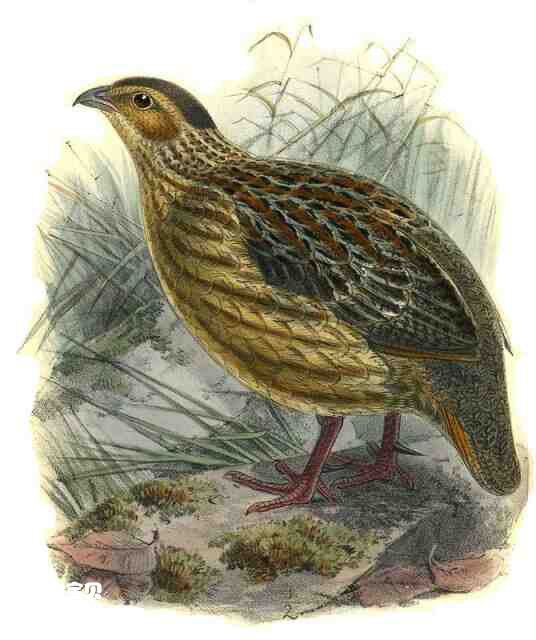
The grey partridge likes to sing from the edge of a boulder or cliff in its territory. Usually alone. It consists of shoots, seeds, small beans, cassava, and large fruits of plants, as well as insects (including termites) and invertebrates. When in danger, he prefers running to escape danger rather than flying. Foraging or sandbathing along forest trails in the evening. Live alone or in small groups of up to seven individuals. In general, the species moves within a small range, averaging only 0.5 hectares, unless habitat conditions are poor, but not beyond a territory of 10 hectares. Monogamous, breeding period mainly from mid-July to late August, January-September in Seneggambia; In Ghana from December to January. It usually rains late in winter or early in dry summer.
Listed on the International Union for Conservation of Nature (IUCN) 2016 Red List of Threatened Species ver 3.1 - Not Threatened (LC).
Protect wild animals and eliminate wild meat.
Maintaining ecological balance is everyone's responsibility!

